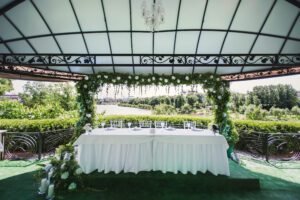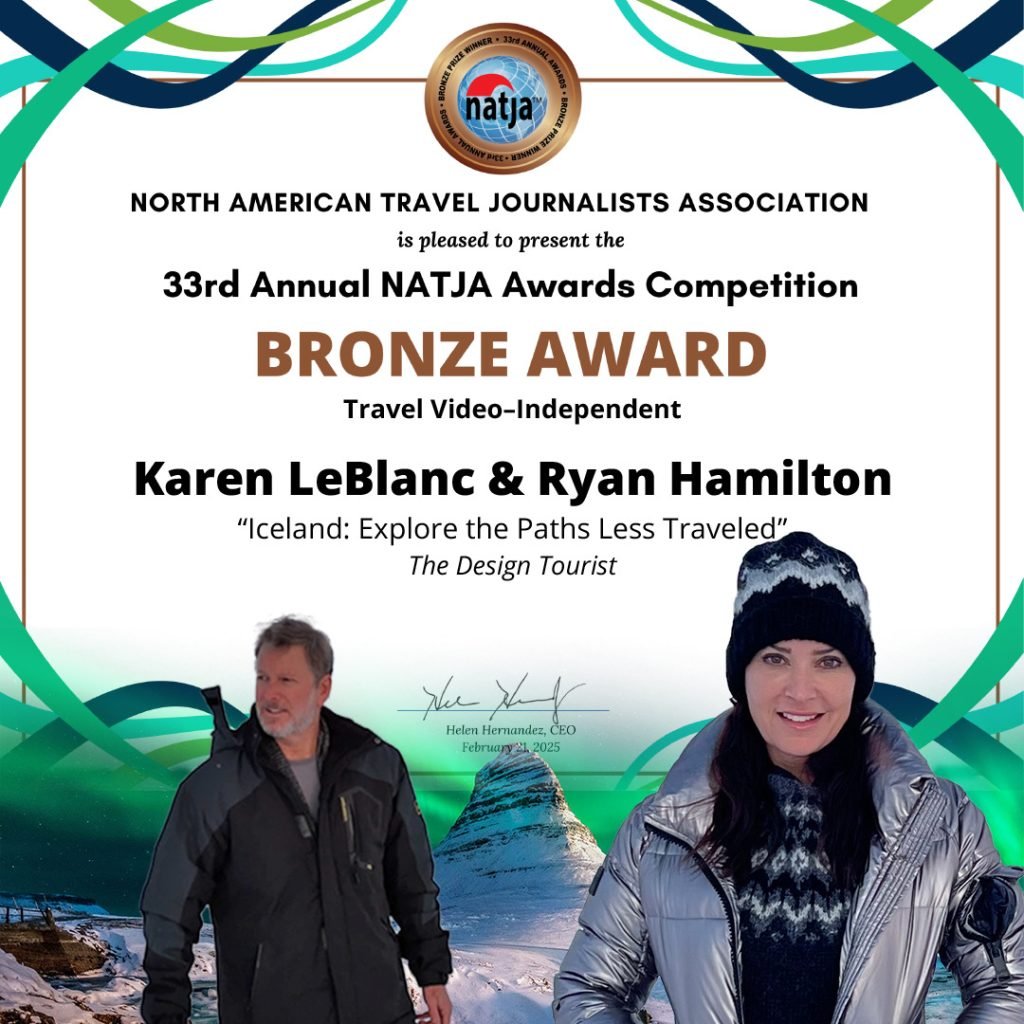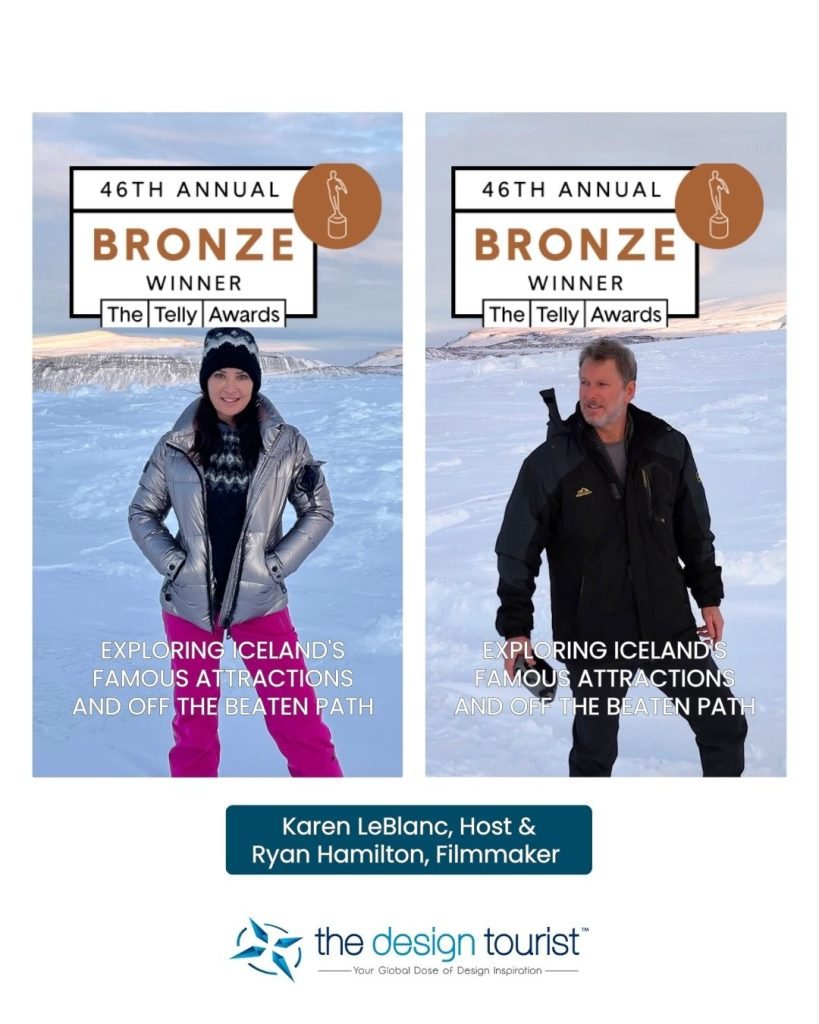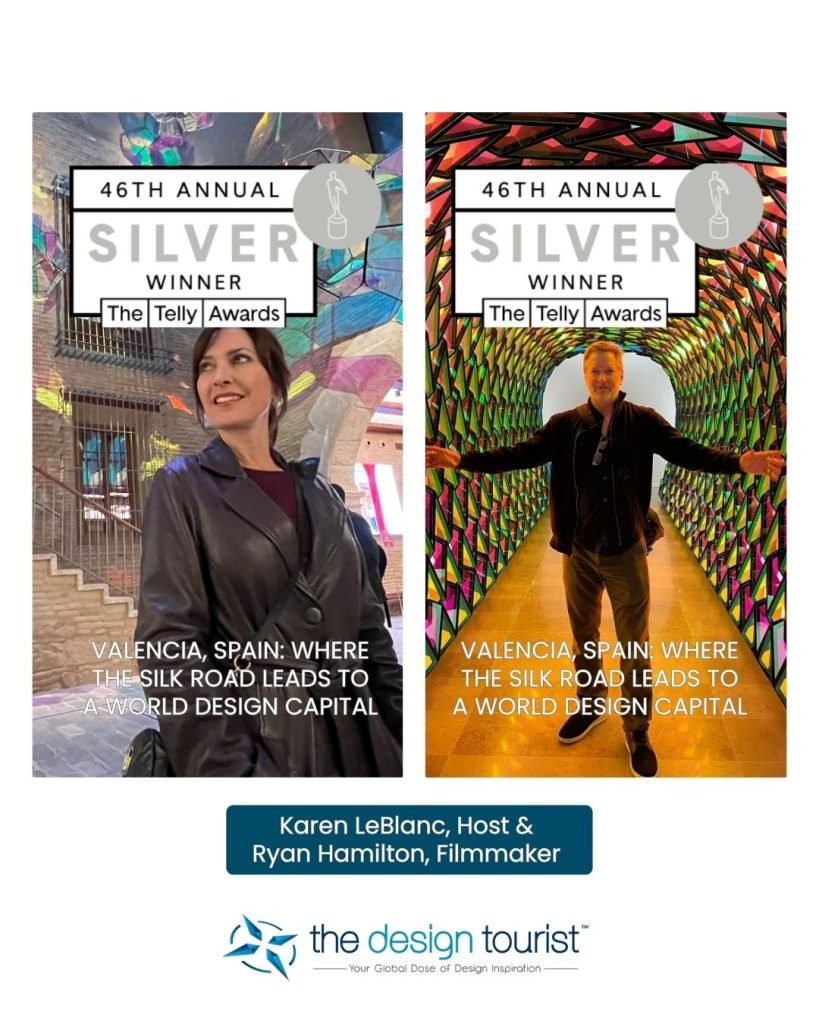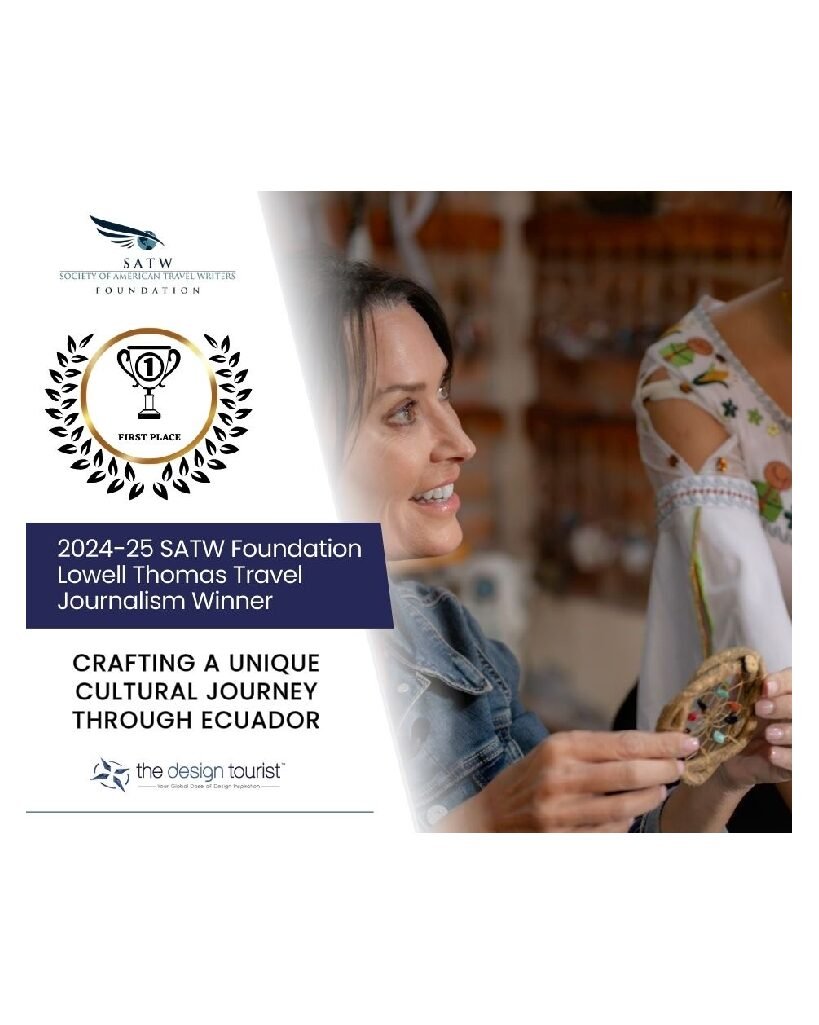Wine is never only about the bottle. It is the geography of hillsides, the discipline of centuries, the hands that harvest, the weather that whispers yes or no. To travel for wine is to pursue culture in liquid form, to let the glass guide you to places where the vineyard and the village are inseparable.
Explore world-class vineyards in Bordeaux, Stellenbosch, and Sonoma—each offering unique flavors and breathtaking views. Perfect these wine adventures with really fancy champagne flutes for your event to elevate every toast.
Three destinations stand out not because they are the only ones worth visiting, but because they represent three distinct philosophies: Bordeaux in France, Stellenbosch in South Africa, and Sonoma in California.
Each has its own rhythm, its own palette, and its own way of folding visitors into the story of the grape.
Bordeaux: Heritage in Every Sip
Bordeaux is the word whispered with reverence at wine auctions, in collector cellars, in conversations where vintages are compared like family heirlooms. But to set foot in Bordeaux is to learn that its authority comes not only from centuries of prestige but from the way the land itself insists on teaching you.
The gravel, clay, and limestone soils are not passive ground; they are active storytellers. The rivers shape microclimates, and the seasons write scripts that no winemaker can ignore.
Châteaux as Timekeepers
Here, wine estates do not simply produce; they preside. Châteaux rise out of the countryside like guardians of continuity, their silhouettes marking territories of patience and ritual. Some have been standing since the Middle Ages, their walls repaired across centuries of conflict and peace, their vineyards replanted after blight and frost.
To walk through a Bordeaux château is to feel the tension between permanence and change. You might enter a barrel room lit only by narrow windows, the air heavy with oak and fermentation, and sense that this could have been 1825 or 2025—it is timeless work.
Yet hidden in the same estate you’ll often find laboratories humming with analysis, stainless steel tanks gleaming with modern precision. Tradition and technology live together, never quite comfortably but always productively.
The Blend as Philosophy
Unlike regions that build their reputation on a single star grape, Bordeaux tells its story through ensemble casting. Cabernet Sauvignon brings structure, Merlot contributes softness, Cabernet Franc weaves in aromatics, Petit Verdot sharpens the finish.
To stand in a barrel room and taste unfinished wines side by side is to watch a negotiation unfold. One barrel offers dark fruit and muscle; another leans toward herbs and elegance.
The winemaker listens, blends, rebalances, tastes again. It is art by calibration, a philosophy that rejects extremes in favor of harmony.
That is Bordeaux’s lesson: greatness is not singular but composite. The bottle you carry home is not just a liquid—it is a treaty among grapes, soils, and decisions.
Beyond the Tasting Room
But Bordeaux is not locked in its vineyards. The city itself has stepped into the modern era with grace. What was once dismissed as sleepy has reawakened—tram lines glide along wide boulevards, stone facades scrubbed clean reveal neoclassical pride, and the quays along the Garonne invite evening strolls where the river reflects the last light of the day.
The cafés hum with conversation, wine never far from hand but never intimidating. Locals order a glass as if it were no more remarkable than bread, and perhaps that is the real signal of Bordeaux’s strength—here, world-class wine is part of everyday life.
And then there is the Cité du Vin, an architectural swirl of glass and metal that refuses to be ignored. Inside, you don’t simply taste; you are immersed in the cultural force of wine, its myths, its economies, its role in shaping civilizations. It reframes wine not as commodity but as living heritage.
As evening falls, the Garonne becomes theater. The river glows with light from the embankments, the bridges frame the horizon, and a glass in your hand feels like a natural extension of the moment. In Bordeaux, wine doesn’t accompany life—it orchestrates it.
Three Journeys, Three Lessons
Traveling these regions is not about collecting labels; it is about learning the ways wine reflects place. Bordeaux teaches reverence for history and the art of balance. Stellenbosch celebrates resilience, creativity, and the power of landscape. Sonoma reminds us that excellence need not be cloaked in ceremony.
Wine is, in the end, a lens. Through it, you glimpse not only vines and vintages but the cultures that sustain them. And for those willing to follow that lens to Bordeaux, Stellenbosch, and Sonoma, the journey becomes as rich as the wine itself.










